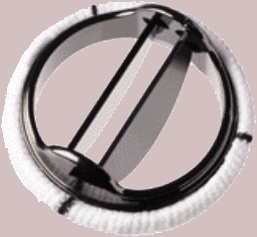
Flow dynamic details in the ascending aorta downstream of native and prosthetic aortic valves are of great interest.
The highly convective nature of blood flow in the ascending aorta results in very thin boundary layers which cannot be resolved with appropriate resolution by current MRI systems. Numerical simulation can be carried out at a scale beyond the resolution limit of MRI in-vivo.
The flow simulation is based on in-vivo MR data concerning time-varying vessel geometry and inflow condition (inflow velocity profiles).

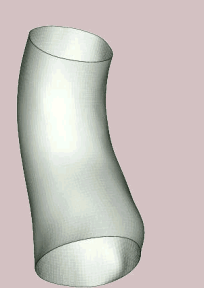 | 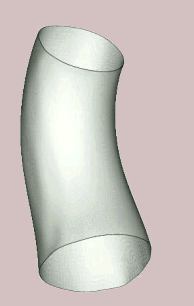 |
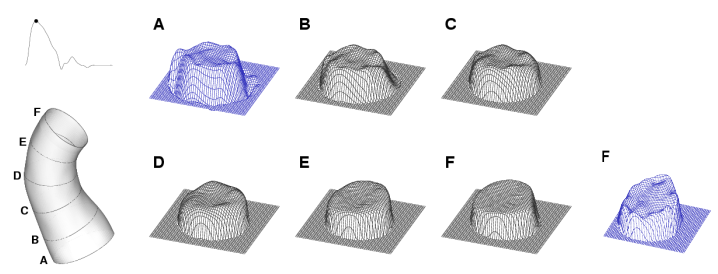
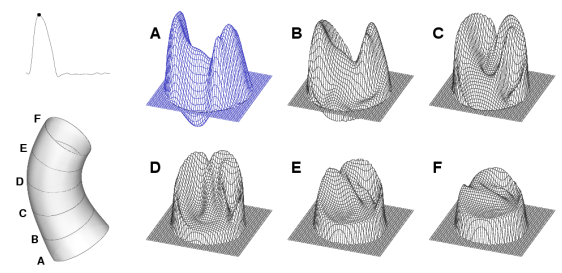
Highly convective flow ® thin boundary layers
at the outflow cross-section F
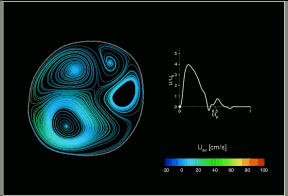 | 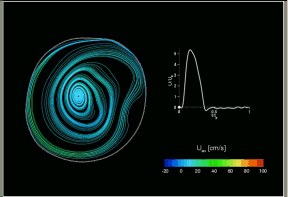 |
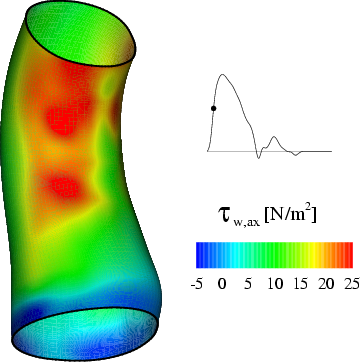 | 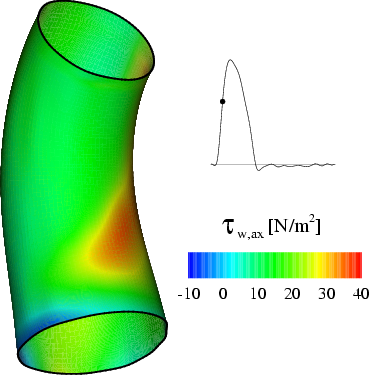 |
Axial WSS is higher downstream of the aortic valve prosthesis when compared to the native configuration
Combining CFD and MRI appears to be a promising tool for studying fluid dynamics connected with cardiovascular implants. This method potentially extends the quantification of flow dynamic variables in-vivo at a scale beyond the resolution limit of MRI.
The approach might offer a relatively new way towards an improved assessment of detailed in-vivo flow conditions and alterations of blood flow associated with heart valve prostheses.
Knowledge of fluid dynamic details should be helpful to develop optimum design of implants to further improve their in-vivo performance.
Comparison between native and mechanical bileaflet valve configuration:
Abdominal aorta inflow is different
Ş Strong consequences on flow and WSS patterns in the abdominal aorta